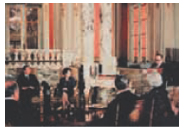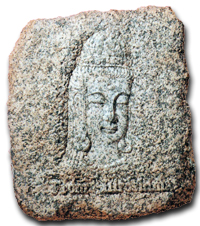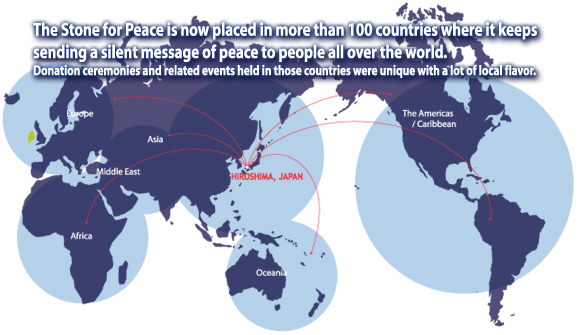
■Area 1,285,220 km2
■Population 27,219,266 (2005 census)
■Capital Lima
■Ethnic groups Indigenous (45%), mixed background ("mestizo") (37%), European (15%), African, Japanese, Chinese, and other (3%)
|
 |
The Stone for Peace was first accepted on August 6, 1991, the memorial day of the 1945 atomic bombing in Hiroshima, by then Peruvian President Alberto Fujimori. The presentation ceremony was held at the Presidential Palace in Lima with the attendance of the ministers of foreign affairs, interior, education and economy, other Cabinet members, the chairman of the Japanese Peruvian Association, and A-bomb victims living in Peru, among other people. |





